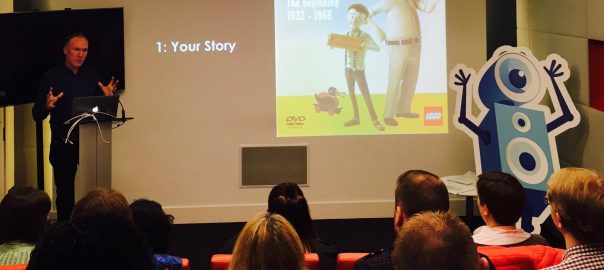Earlier this year I was invited by Jonathan Kahn over at Together London to speak at his annual Agile Content Conference at Sadler’s Wells, London. This is a fantastic event looking at all aspects of agile content and it was a real pleasure to mix with content strategists working across a broad range of disciplines. You can watch all the presenters from the event here.
Tag Archives: content strategy
Content Strategy Recommendations for Charities and other Nonprofits
I was recently asked to deliver a content strategy workshop for a gathering of small charities to help them ‘Create Amazing Content’ with limited resource. Building the workshop required quite a bit of research and was a fantastic opportunity to explore some of the challenges faced by the sector in, not only creating effective websites, but also persuading audiences to take a specific action. I thought I’d highlight some of the articles I’d read to build the workshop – there really is some brilliant work being done out there by various charity digital teams. I salute you all.
My research into the charity sector soon became a study of the art of persuasion, how we can use content to influence and activate a passive audience. There are loads of great articles online about persuasion but I found the article by CopyBlogger and Hillary Skeffington of particular interest.
I also found the notion of demonstrating impact pretty central to your purpose as a charity. This might sound obvious, but I found many charity websites ‘explained the need’ (i.e. why you should donate) but then forgot to spell out the impact they were making. I must then absolutely recommend this article by Paull Young from Charity:Water. Read the article and then explore their website – loads of great examples of best practice there.
Staying with Charity:Water there was also this article looking at how Charity:Water value trust – an important commodity in our world of FAKE NEWS.
Lastly, here’s some useful resources for any nonprofit organisation looking to make improvements to their digital offering. From SEO to various case studies, I hope these help anyone researching into this sector.
So there you have it, a brief skim through some of the charity content strategy articles I found over the past few weeks. Let me know if you have other resources you’d like to share in the comments below!
Engaging with Millennials: Westminster Media Forum Highlights
I recently attended the Westminster Media Forum in London and spoke about how we’re engaging younger audiences through Capital FM, PopBuzz and We The Unicorns. I only had ten minutes so it was quite a speedy tour, but here were my notes from the other excellent speakers that presented. Continue reading

